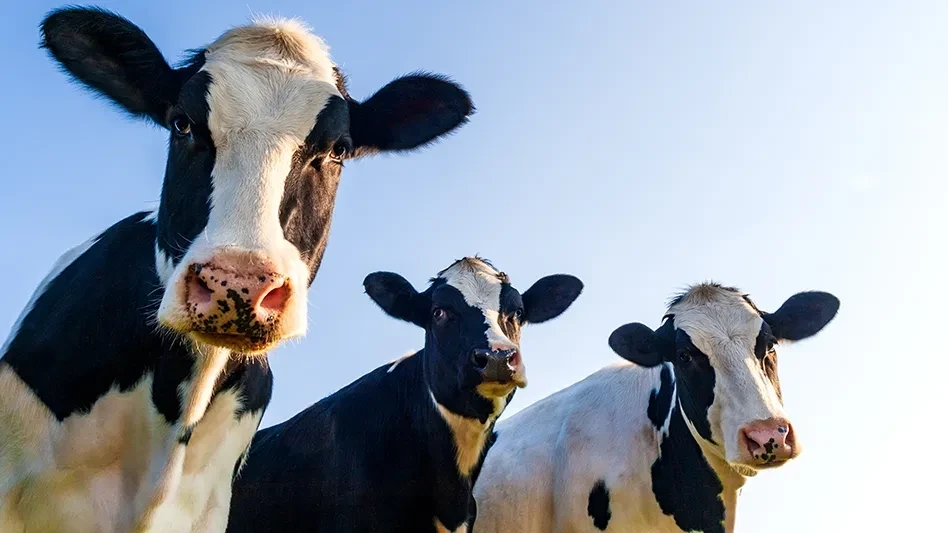
The Food and Agriculture Organization of the United Nations (FAO) released a new report, “Food safety implications from the use of environmental inhibitors in agrifood systems,” which was developed within the activities of FAO’s Food Safety Foresight Programme.
“With foresight, we look at food safety issues that may emerge while globalized agrifood systems evolve in response to challenges such as a growing world population or climate change,” said Vittorio Fattori, FAO food safety officer. “This forward-looking approach provides a better understanding of arising risks and opportunities and helps anticipate possible scenarios as strategic preparedness to ensure safe food regardless of the methods employed in its production.”
The challenge of feeding an increasing global population while responding to the climate crisis requires developing practices and technologies that enhance the sustainability of food production.
“Environmental inhibitors are one of the approaches used to minimize the harmful effects of agrifood systems on the environment,” said FAO Food Safety Specialist Magdalena Niegowska. “Not only can they reduce greenhouse gas emissions, such as methane from ruminants, or limit the loss of nitrogen from cultivated fields and pastures, but also improve the efficiency of livestock and crop production.”
However, an inadvertent presence of environmental inhibitors in food commodities can raise health concerns as well as trade disruption if standards or appropriate measures are not established. The food safety risks associated with these substances can be challenging to assess and manage due to the lack of internationally harmonized maximum residue limits (MRLs), agreed definition for environmental inhibitors and insufficient safety information for some compounds.
The publication provides an overview of various synthetic and biological environmental inhibitors along with an analysis of possible food safety concerns related to their application. Regulatory frameworks relevant for environmental inhibitors in selected countries are presented as examples of current approaches being taken at national or regional levels.
Food safety-related knowledge gaps are also discussed together with some perspectives on how to move forward.
“Safe food for everyone is an important priority area of the FAO Strategic Framework,” said Corinna Hawkes, director of the FAO Food Systems and Food Safety Division, underscoring her hope that the findings and conclusions of this report will support the transition towards resilient, sustainable and safe agrifood systems.
The publication is available here.
Latest from Quality Assurance & Food Safety
- IDFA Presents Leadership Award to Six Federal Officials at Annual Celebration of Dairy Reception
- Seeding The Future Global Food System Challenge is Changing Lives: Winners Reflections
- Raw Farm Products Recalled Following Bird Flu Virus Detections
- FDA Issues 2024 Voluntary National Retail Food Regulatory Program Standards
- GSA Launches Assurances Platform, Prism and Webinar Series in Partnership with Wholechain
- Multistate E. coli Outbreak Linked to Iceberg and Romaine Lettuce Blend
- FDA, USDA Seek Information About Food Date Labeling
- William Marler, Food Safety Advocate and Lawyer, Condemns Lack of Safety of U.S. Food Supply





